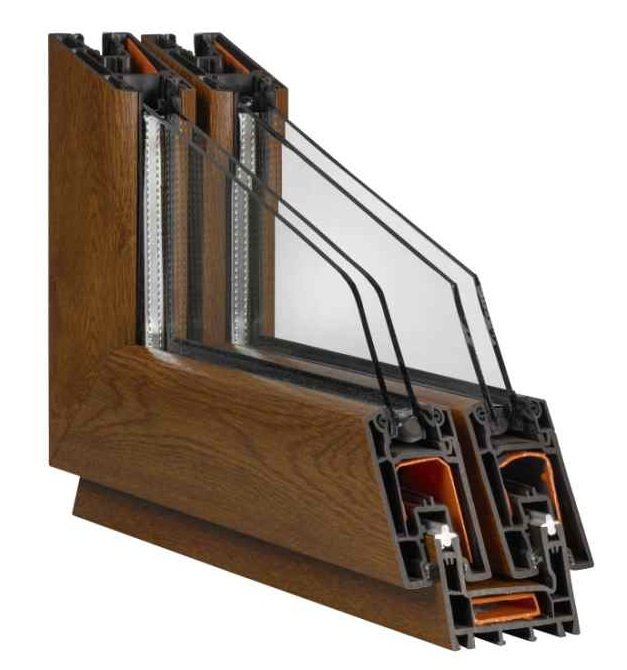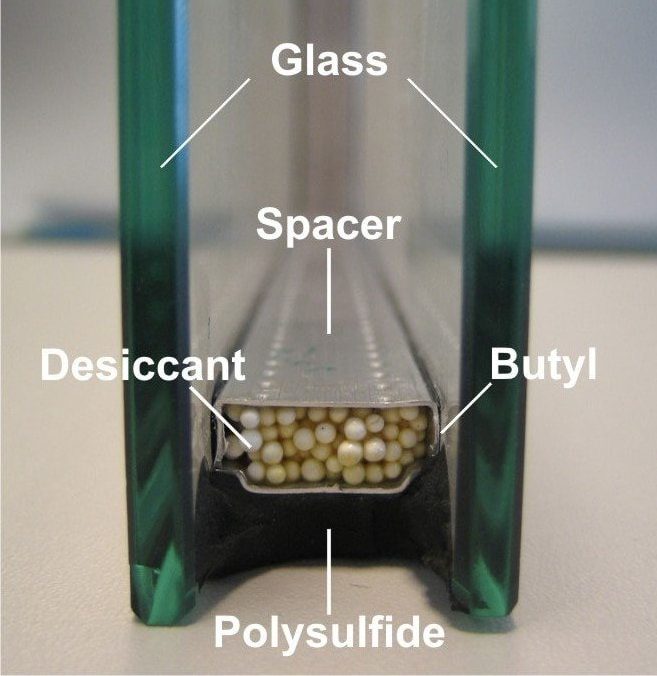The glass is an integral material for almost all construction projects. Architects are using glass extensively in construction to make the structure sustainable. Due to advancement in technology, various processes are now done on a glass to make it more flexible and efficient.
When a glass is exposed to direct sunlight, it transmits some amount of solar energy into the room. Glass is responsible for transferring 80% of the solar heat into the structure. In countries like India which have the temperature of 35 to 45 0C, the cost of air conditioning the building increases. For such purposes, insulated glass unit is recommended. Here we have given brief information on insulated glass unit, its components, characteristics and applications, which homeowners should know before buying glass for their house.

Courtesy – Shutterstock
Insulated glass unit is also known as insulated glazing unit (IGU) is made by two or more panes of glass separated by a cavity and the edges are sealed. The cavity is generally filled by a non-conducting gas such as dehydrated air, argon, etc. It is a modified version of older double-hung windows and storm windows. Insulated glass unit made up of two panes is commonly used glass, so it is also called double glazed units, double glazed glass or double pane glass. Here are some terminologies related to IGU:
01. Spacer:
The spacer is used to provide a fixed gap between the panes of glass. It is usually made of aluminium or of a thermoplastic material. Spacer also acts as a housing material for desiccant. Depending upon the gap required, the width of the spacer is decided. Generally, they are available in widths of 6mm, 12mm, and 15mm.
02. Desiccant:
The desiccant is used to remove any humidity from the unit and hence also called drying agent. Silica and zeolites are most commonly used as the desiccant.
03. Cavity:
It is important that the gas filled in the cavity must be an insulating gas, i.e. it should not conduct heat. Generally, dehydrated air and argon gas are used. Due to this cavity, the transmission of solar heat reduces.
04. Sealants:
Sealants are used to seal the space so that the gas in the cavity does not escape. Butyl sealant is usually used as the main sealant, which seals the glass and spacer airtight. A secondary sealant is also used to provide structural integrity to the unit. Silicone or polysulphide is generally used as the secondary sealant.

Courtesy – Cliftonpark Glass
Size & Thickness:
- Standard Thicknesses: 11 mm to 25 mm for Residential & Commercial use
- Maximum Thickness: 33 mm for sloped glazing
Characteristics of Insulated Glass Units:
- Due to non – conducting cavity between two panes of glass, the transmission of solar heat from outside to inside is reduced. Thus it provides better thermal insulation properties.
- In the winter season, double glazed units do not allow inside heat to escape, thus provides a comfortable environment.
- Insulated glass unit provides high sound insulation properties also. Hence it can be beneficial in areas which are crowded or are near markets.
- The amount of condensation is reduced as compared to monolithic glass in a double glazed glass. Its surface does not become cold enough for condensation to occur.
- Insulated glass unit has additional strength against wind load and snow load as compared to a single pane of glass.
- Insulated glass unit is a flexible glass, as the glass panes used can be changed according to the requirements. Ceramic printed glass, patterned glass, frosted glass, etc. can be used to impart decorative look. For adding safety, laminated glass or toughened glass can be incorporated into a double glazed unit.
Application/Uses:
- Insulated glass unit is used in tropical countries, where the temperature is high during the daytime. It is used indoors, double glazed windows, glass roofs, etc. Generally, they are more used in exterior applications.
- Double glazed windows are used in many factories, where constant temperature and humidity is required.


Courtesy – Pexels
- It is mostly used in commercial curtain walls, glass facades of high rise structures, overhead and sloped glazing, skylights, canopies, etc.
- Laminated glass or toughened glass incorporated with insulated glass unit is used in safety glazing.
- It is also used in windows where sound insulation is priority such as conference rooms, recording studios, entertainment centres etc.


